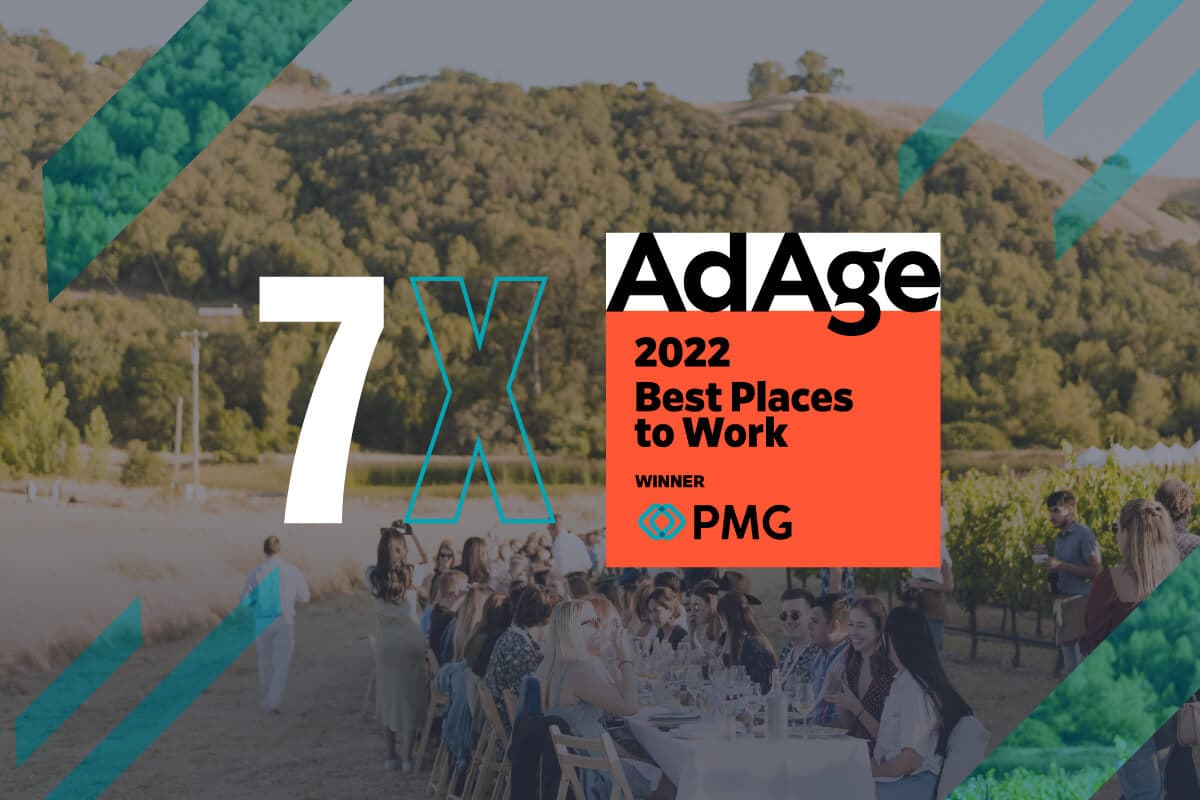Accessibility Tools
PMG Digital Made for Humans
How Blockchain Could Be Used for the Electoral Process
Kara Eccleston
Kara Eccleston has written this article. More details coming soon.
Let’s go back to the 2016 election. Voter turnout should have been high as it is typically higher in a presidential election year. Turnout was actually up from the 2012 election, but just slightly, at 59.7% (up from 58.6% in 2012). Some States were obviously higher than the average (Minnesota at 74%), and some were lower than the average (Texas at 52%). Based on a 2016 Pew Study, there are simply plenty of Americans not participating in the voting process. Nevertheless, 4 out of 10 Americans decided not to vote. According to a Pew Study, those who are unregistered to vote (an obviously qualifying step) lean to apathy and a lack of belief that their vote will matter. For something so imperative to a functioning democracy, this must be improved.
This past week as part of a regular series to learn about and identify ways that new technologies can impact our company, our clients, our industry and our world, we dug into the mysterious topic of Blockchain. The session started out pretty typical, where the instructor gave a 20-minute presentation on how Blockchain works, how it started, and why folks in the ad industry and others are excited about the technology. I’ll give you a summary: security, accountability, transparency, and trust. The trust element having a radical characteristic of being innately built into the technology so that it is no longer a concern. Mind. Blown.
After fielding some questions pertaining to the presentation, the instructor then explained why at each table there were things such as post-its, play-doh and legos. We were about to do a rapid prototyping exercise starting from a challenge that we would create on the fly. The details of the prototyping session require a blog post in on their own because as you’ll see below, it drove us to a significant challenge and the FOUNDATION of a very game-changing solution that was extremely empowering. We had no clue that we would attempt to tackle something this big before walking into that learning session but even more surprising was that the idea could become so well formed in only a span of 20 minutes.
We took a roll of the dice and thought that the US electoral process was uniquely positioned to be aided by the benefits of Blockchain. We laughed a bit at the grandeur of the challenge but decided to go after it anyway. It goes without saying that we are not a political strategy agency (so forgive any lack of political nuance). We would also like to point out that rather than fill in all of the gaps, we want to showcase exactly where we landed after 20 minutes. There will be gaps and holes in this, but as any big idea needs a starting point, we feel amazing about this start.
While there are multiple forms of federal protection of voting rights in the forms of amendments and various voting right laws, ultimately States determine how their voting process should work. This opened up the door to the idea a bit because you could legitimately see an innovative State look to improve the voting process. Maybe not using this idea, but definitely innovating to solve the challenge. No doors closed to the idea as of yet.
We want to solve for the challenges of how to increase the general public’s trust in the voting process, improve the general understanding of policies and candidate positions, and reduce tribalism and the impact of campaign finances in the voting booth. More specifically to the latter, we want to increase the prevalence of voting decisions based on policies and what the electorate cares about versus simple party lines. A small challenge, right?
The “Election Blockchain” as we’ll call it will have all parties of the election process supply chain as participants. This includes the electorate (voters become activated on the Blockchain upon registration to vote). This also consists the candidates who become activated on the Blockchain upon submitting their application process. Lastly, the State-level voting authorities (who are responsible for the integrity of the vote). Every step of the process would be recorded in the Blockchain, and smart contracts would be programmed on top of that Blockchain.
Rather than a candidate simply being a brand name or carry mega-donors and a heartbeat, they would have to complete a series of qualifying steps and exams. For example, they would need to complete an exam in basic civics to gauge their understanding of how the government works on federal, state and local levels. They would need to provide qualifications such as what unique skills and experience they bring to the table and these skills and experience would need to be validated and verified. They would need to provide references. They would also need to provide validation of basic facts such as tax returns, criminal history, and a background check.
Most importantly, they would at this point need to make their positions and campaign promises. These positions and campaign promises will become a contract with the electorate. The candidate will be graded on this contract throughout their campaign and if elected, their term. The electorate will receive regular updates such as quarterly or annually. This is an essential part of the process. These campaign promises will not be platitudes but actionable results. As these results are achieved, should they be elected, then they will trigger an action and written to the Blockchain. Transparency of the promise meeting transparency of action. We really liked that part.
There will be no additional hurdles for the voter than in current state laws. That is important. This process should be more inclusive than exclusive. When a voter registers to vote, they also have the ability read non-partisan content pertaining to key issues. They then can self-select their positions and how much they care about those positions, same as the candidates. In the voter registration process, these voters will become an anonymous (but verified) ID on the Blockchain. As the process unfolds, they can also review and change their positions. People change and evolve constantly, so they should have the ability to change their positions. We also envision a 2-step verification to ensure each ID matches the voter. This opens up the ability for voters to interact with the process through new means such as a mobile application. We feel that mobile phones are more prevalent than time and transport, so we feel that this opens up participation in the voting process.
One question you may have had was, what happens if the candidates do not do exceedingly well on one of the qualifications, such as the civics exam?. Well, voters could say that somebody passing basic civics is not as important as their experience. We suspect they wouldn’t, but that would be what makes the process determined by “We the People” as opposed to donors.
There will be a general primary where voters will select a group of candidates based on what they care about and their policy positions, and how they match the candidates. The idea here is that the candidates in the general election would be determined based on qualifications and their positions. This part of the process would be less impacted by funding, media support, and party support. We almost envision this as being a blind process to the name of the candidate, just their qualifications, and policies. Very bold if I do say so myself. The end of this process will amount to a reasonable number of candidates based on the aggregate primary vote. Now, you are ready for the general election process.
This is where things get a bit tricky because eventually, you have to vote for the person and their character, to some degree. So the blind process of the primary would need to be opened up to resemble more of the general election of today with debates and campaigning. Keep in mind; policy decisions have been established. Campaign promises made. That is a big upgrade. Ideally, the process has opened up the door to highly qualified and passionate candidates that take civic duty seriously. Whereas before, they may not have even started the process out of fear attack ads or having to solicit donors for such a long stretch of time. Hopefully, a bigger focus on the policies they have contracted themselves to.
By leveraging the security of Blockchain technology, voters will be able to vote with a better understanding as to what they should be voting for and also have the flexibility to vote from the comfort of their company break room or their couch, all with increased levels of security and transparency.
Are there holes here? Sure. Is it hard to see the implementation? Absolutely. But ideas only need a bit of tailwind to gain momentum. Hard to see this or a radical change in the 2020 presidential election. Easier to see an innovative State approach something like this first for State elections, then for congressional elections.
Stay in touch
Bringing news to you
Subscribe to our newsletter
By clicking and subscribing, you agree to our Terms of Service and Privacy Policy
Blockchain has the potential to disrupt many industries and processes. It was great to kick the tires a bit and test out the technology against something so near and dear as to how we fairly and transparently elect officials in this great country of ours. All in 20 minutes!









